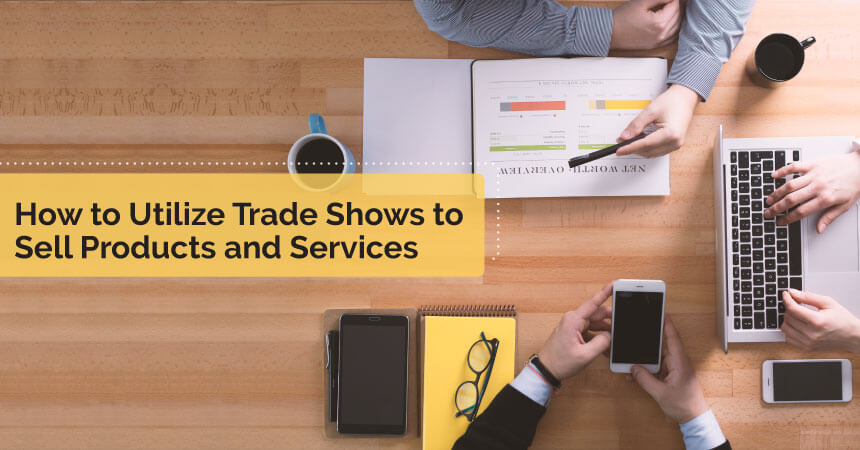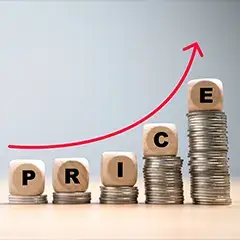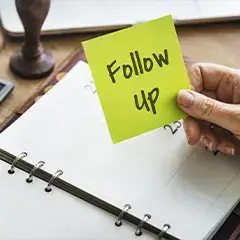
How to Utilize Trade Shows to Sell Products and Services?
Trade shows require a substantial investment, so it’s vital that you do whatever you can to earn the maximum possible returns at the event.
While different businesses choose to participate in such events for a variety of reasons, the most common goal that brands would like to achieve is higher sales.
Numerous companies choose to attend a trade show right after a product launch to get their latest offerings out in the market and generate high sales for the product.
I f you’re considering participating in an upcoming event for this reason, then we’ve got a host of tips that will help you make the most of the trade show.
Here’s a look at what you can do to sell your products and services at trade shows:
 1. Find the Right Event
1. Find the Right Event
Selecting the right event for your brand is important. There are a number of industry-specific trade shows that are held across the country through the year.
Identify the one that hosts the largest crowd and secure yourself a booth at that event. Here, you’ll be able to interact with a large number of people who are actively looking for your specific offerings.
This is one of the easiest ways in which you can secure higher sales for your company and your team.
 2. Get the Price Right
2. Get the Price Right
If you want your products to sell like hot cakes, you need to ensure that you get the price right at a competitive trade show. Remember, pricing is less about how much a product is worth and more about how much it will actually sell for.
To understand what kind of price your product deserves, think about the amount of effort you have put in creating it, but don’t forget to factor in the cost of competing products.
If you want to outsell your competitors, you need to make sure that your offerings aren’t too expensive.
3. Finalize Your 30-Second Pitch
At a large trade show or event, you will have just 30 seconds in which you have to make a point. If you are unable to do this, you risk losing the customer’s interest in you, your company and your product.
It is vital that you absolutely nail your pitch in under half a minute. Typically, a successful pitch will include a short description about your product or service while also detailing how your offering can help that particular customer.
 4. Do Your Research
4. Do Your Research
One important thing that most companies forget to do is research on the trade show attendees. In the weeks leading up to the show, you can check the event RSVP page or ask the event host to provide you with a list of companies who are sending representatives to the event.
Find out what their pain points are and ensure that the product or service you’re selling offers them a solution to their issues.
If you can, identify the representatives who will be attending and approach them when they come by your booth. This will show them that you’re actively interested in making a connection with them.
You can also modify your pitch for each client so that it feels personalized. These small tweaks will help you close a higher number of sales.
5. Attract Attention to Your Booth
When your main trade show goal is to drive on-site sales, you will have to find a way to draw attention to your booth. This is why it’s imperative that you do considerable research before you decide on the design for your display.
Figure out what has worked at past trade shows. Understand who your competitors will be on the day of the show and look up what they’ve done previously. Your booth needs to be intriguing without being over the top.
Depending on your industry and the trade show you’re attending, you might want to create a booth that’s shaped differently. If you’re in the construction business, perhaps your entire booth could look like a crane. You could also use giant props or models of your mascot to draw attention to your exhibit.
Sometimes, leaving your display absolutely plain, without any loud graphics or flashing LED screens, could also work in your favor as it will generate curiosity amongst the audience. Whatever you choose to do, make sure that it ties into your brand message and fits your marketing campaign.
6. Actively Engage with Visitors
Creating a stellar booth and drawing people towards your booth isn’t going to sell products for you. When people walk into your trade show booth, approach them and ask if they would like any help.
If they don’t seem too interested to engage with you initially, you can back off and let them know where you will be in case assistance is required in the future.
If the visitor is receptive to your initial approach, talk them through your product. Pitch your offerings to them and let them know why they need it.
If possible, provide them with a backstory about your product. Include information about who made it, where it’s from originally and what the idea behind it was. An interesting story is something that people are likely to remember even after they’ve left the event.
Brands that offer services instead of products can give potential clients a small preview of what they will be able to achieve with the services on offer.
Show your customers how you can make an improvement in their life with your offerings.
7. Qualify Potential Leads Quickly
If you’re looking to make a large number of sales at an upcoming trade show, you will need a sound strategy that allows you to qualify leads quickly. When you engage with an individual, start by asking them leading questions about their needs.
If you find that they’re simply browsing without the intent to purchase, you can provide them with a condensed version of your pitch and ask them to reach out if they have any further questions.
This will leave you free to engage with leads who are serious about making purchases at the event.
8. Train Your Staff
Your staff will be the first point of contact between potential customers and your brand. It’s crucial that your staff have a clear idea regarding what you hope to achieve at the end of the trade show so that they can work towards helping you accomplish your goals.
Invest a little time and money in doing a few orientations with the team so that they’re familiar with your brand’s mission, vision and offerings.
You can give them a list of questions that they can use to qualify leads before providing potential clients with the 30-second pitch that you’ve already perfected.
You should also do what you can to make your staff comfortable during the event. A happy employee is far more likely to close deals that a tired and disinterested one.
 9. Offer an Incentive
9. Offer an Incentive
If you’re really looking for a way to beat out the competition and make the most sales, consider providing your customers with an incentive.
A 5% discount on your market price or a freebie are some of the best tactics that companies employ. You could also consider providing clients with free subscription to your loyalty program if they make a purchase at the show itself.
It may seem frivolous, but these tactics will encourage people to come back to you over and over – even for months or years after the event is done and dusted.
 10. Follow Up After the Event
10. Follow Up After the Event
There’s no need to worry if a customer didn’t purchase something on the day of the event. Make sure you collect the names and details of all parties who showed a keen interest in your offerings.
Get in touch with them after the trade show and see if they’ve changed their mind. Call them to your office or offer to visit theirs for another meeting. In the meanwhile, do a bit more research about your client and find out what you can do to help them.
With these tips, you’ll be well on your way to securing the highest sales at your next trade show. But, if things don’t quite go according to plan, don’t despair.
You can use your experience at the event as a learning experience. At the end of the trade show, look back on all the facts and figures.
See if there’s a way you could have made your pitch more impactful or offered a better discount or incentive. These may seem like small gestures, but it’s the little details that will help you secure a long-term client at a busy event.

